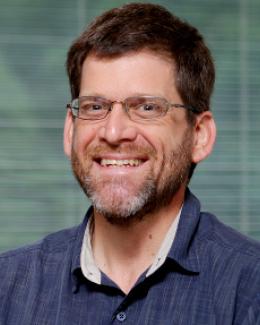Abstract
Organic macromolecules constitute a high percentage of remote sea spray. They enter the atmosphere through adsorption onto bubbles followed by bursting at the ocean surface, and go on to influence the chemistry of the fine mode aerosol. We present a global estimate of mixed-layer macromolecular distributions, driven by offline marine systems model output. The approach permits estimation of oceanic concentrations and bubble film surface coverages for several classes of organic compound. Mixed layer levels are computed from the output of a global ocean ecodynamics model by relating the macromolecules to standard biogeochemical tracers. Steady state is assumed for labile forms, and for longer-lived components we rely on ratios to existing transported variables. Adsorption is then represented through conventional Langmuir isotherms, with equilibria deduced from laboratory analogs. Open water concentrations locally exceed one micromolar carbon for the total of proteins, polysaccharides and refractory heteropolycondensates. The shorter-lived lipids remain confined to regions of strong biological activity. Results are evaluated against available measurements for all compound types, and agreement is generally well within an order of magnitude. Global distributions are further estimated for both fractional coverage of bubble films at the air-water interface and the two-dimensional concentration excess. Overall, we show that macromolecular mapping provides a novel tool for the comprehension of oceanic surfactant patterns. These results may prove useful in planning field experiments and assessing the potential response of surface chemical behaviors to global change.


